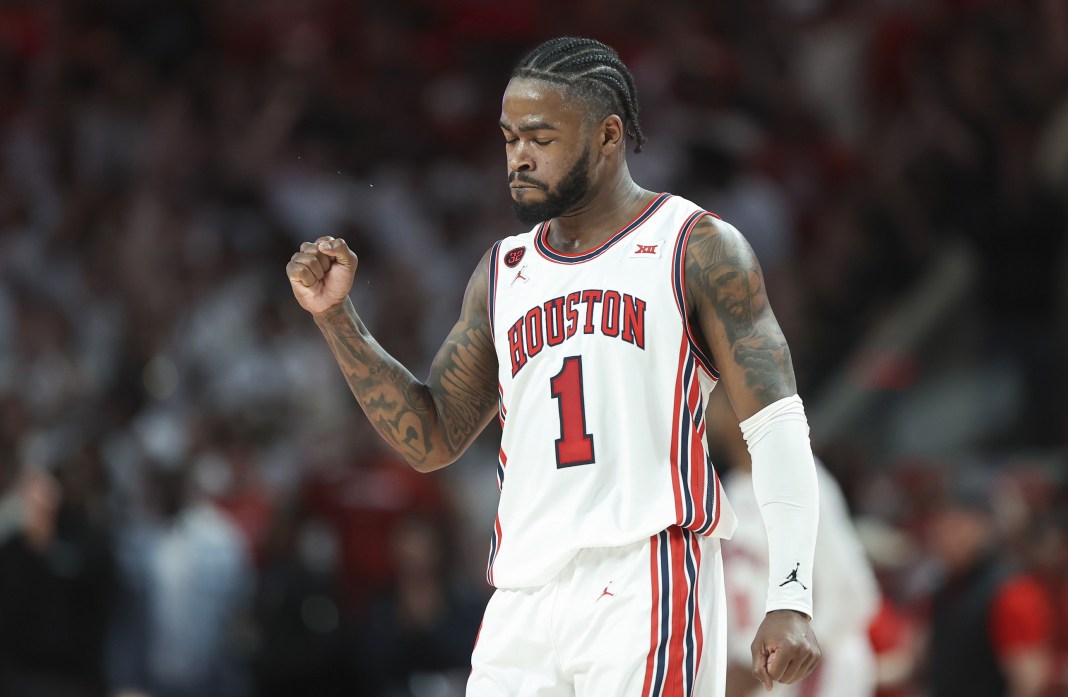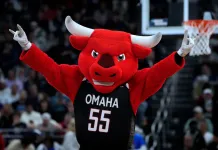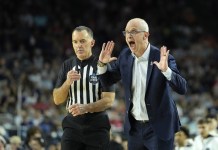Examining Future Bets vs. Moneyline Rollovers
Bettors love to get involved in futures markets. Whether they are making a wager on the hometown team or feel like they have an edge on a team to win a championship or division, the premise is very simple, so it becomes an attractive bet type. Place a bet on a team to win whatever the bet says and you win.
The problem with betting into futures markets is that bettors are often getting short-changed in a big way. A team’s true odds of winning typically aren’t going to line up with the odds that are being offered. The pricing of futures odds may seem kind of random, but there is always a method to the madness in an industry where profit margins are really important.
Sportsbooks set up their futures odds to reach a target value called the “theoretical hold”. They will move the odds based on exposure, results, and player personnel changes, among other things, but they always have a number in mind that they are hoping to achieve. Some results will obviously be better than others for the sportsbooks, but the odds are hardly random or made up.
When it comes to something like the NCAA Tournament, not all teams are created equal. Not only do some teams have a much better chance of cutting down the nets than others, but traders and sportsbook operators will take a lot of factors into account when setting the futures odds, including the path to win, the betting action of their customers, existing liability from the course of the season, and how the team itself is playing.
As bettors, we should always be looking for any edge or way of maximizing profit potential. To that end, I present the concept of the “moneyline rollover,” also referred to as a “rolling parlay.”
There are positives and negatives to this concept. Upsets can skew many things, so you are sort of taking for granted that things shake out the way that you expect them to. However, the goal with a moneyline rollover is to wind up getting more equity than a futures price would yield.
Example of a Future vs. a Moneyline Rollover
Conference tournaments provide great, small-scale versions of what you’ll be looking to do during the NCAA Tournament.
Let’s take the example of No. 5 Montana State from the Big Sky Conference. Their futures odds before the tournament at DraftKings Sportsbook were +1600.
It was my belief prior to the tournament that they would face No. 4 Weber State, No. 1 Eastern Washington, and No. 2 Northern Colorado in their quest to win the conference tourney. They would be underdogs in all three games (and also against No. 3 Montana if that was the title game).
To do a moneyline rollover, the onus is on you to project out what the spreads would be for a team’s likely matchups. To do this, you can either consult a rankings site like KenPom.com or BartTorvik.com to see the gap between the two teams on a neutral or you can look back at the regular season data points to see what the lines were in those games and remove home-court advantage because it was a neutral-site tournament.
In this example, my projected lines were:
Montana State +3 vs. Weber State
Montana State +6.5 vs. Eastern Washington
Montana State +3 vs. Northern Colorado
The next step after figuring out the spread is to see what the moneylines would be in those games. Using similarly-lined games (or a spread to ML converter), I came up with +150 vs. Weber State, +200 vs. Eastern Washington, and +150 against Northern Colorado.
Then, you can go to a Parlay Calculator, like the one we have at VSiN.com, and enter those values.
If you start with $100, you’d win $150 if they beat Weber State. Total = $250
To execute a moneyline rollover, you would now place that entire amount on the moneyline against the next team, which, in this case, is Eastern Washington. That bet would be $250 to win $500. Total = $750
Then you would continue forward and place that $750 on Montana State at +150 against Northern Colorado to win $1,125. If the Bobcats won, you’d have a total of $1,875 off of your initial $100 investment.
Betting $100 to win $1,875 is better than betting $100 to win $1,600. In this example, it’s pretty close, but there will be examples that are dramatically different throughout future conference tournaments and the NCAA Tournament.
You can even use these as an alternative for Yes/No Odds to Make the Sweet 16 or Yes/No Odds to Make the Final Four for the potential of more profit.
Pros of Using a Moneyline Rollover
– By going game-by-game, you are getting a little bit closer to the “true” odds and are cutting into the high theoretical hold percentage of a sportsbook on futures. Most sportsbooks are upwards of 25-30%, if not higher, on their target holds for futures markets. Betting individual moneylines cuts into some of that vig.
– Another benefit is that hedging is easier and doesn’t cost anything extra. Everybody always wants to hedge a futures wager. To hedge an existing future, though, you have to put out more money to bet against the team you already have. To hedge a moneyline rollover, you can simply bet less and pocket some of the profit or just stop betting it. If you don’t like a matchup or something happens that you didn’t expect (like an injury), you can play it more conservatively.
– The bracket-style format allows you to do this easier and project out what you expect to happen, along with the lines that would come from those games. That can give you a much better return on your investment.
Cons of Using a Moneyline Rollover
– The futures price may end up being worth more in the event of an upset. In the above example, if Eastern Washington gets upset before playing Montana State, you won’t be getting better than +1600 on your moneyline rollover because Montana State would likely be favored or be a smaller underdog against the new team that they would be playing.
– For bettors that bet smaller amounts, a moneyline rollover can be uncomfortable. As mentioned in the example above, making a $750 wager in the final game may feel extremely stressful and hard to fathom. Betting smaller amounts on futures may simply be more palatable.
– It is a little bit more confusing. If you bet $100 on Montana State to win the Big Sky, that’s it. You’re done. You can think about hedging or other wagering possibilities, but it isn’t the same as projecting out lines and remembering to bet every step of the way. It is definitely more of an advanced play that may be tougher for novice bettors to wrap their heads around.
Whatever you decide, it is always important as a bettor to consider every possible option. Sometimes that will mean a moneyline rollover as opposed to a straight futures bet.






